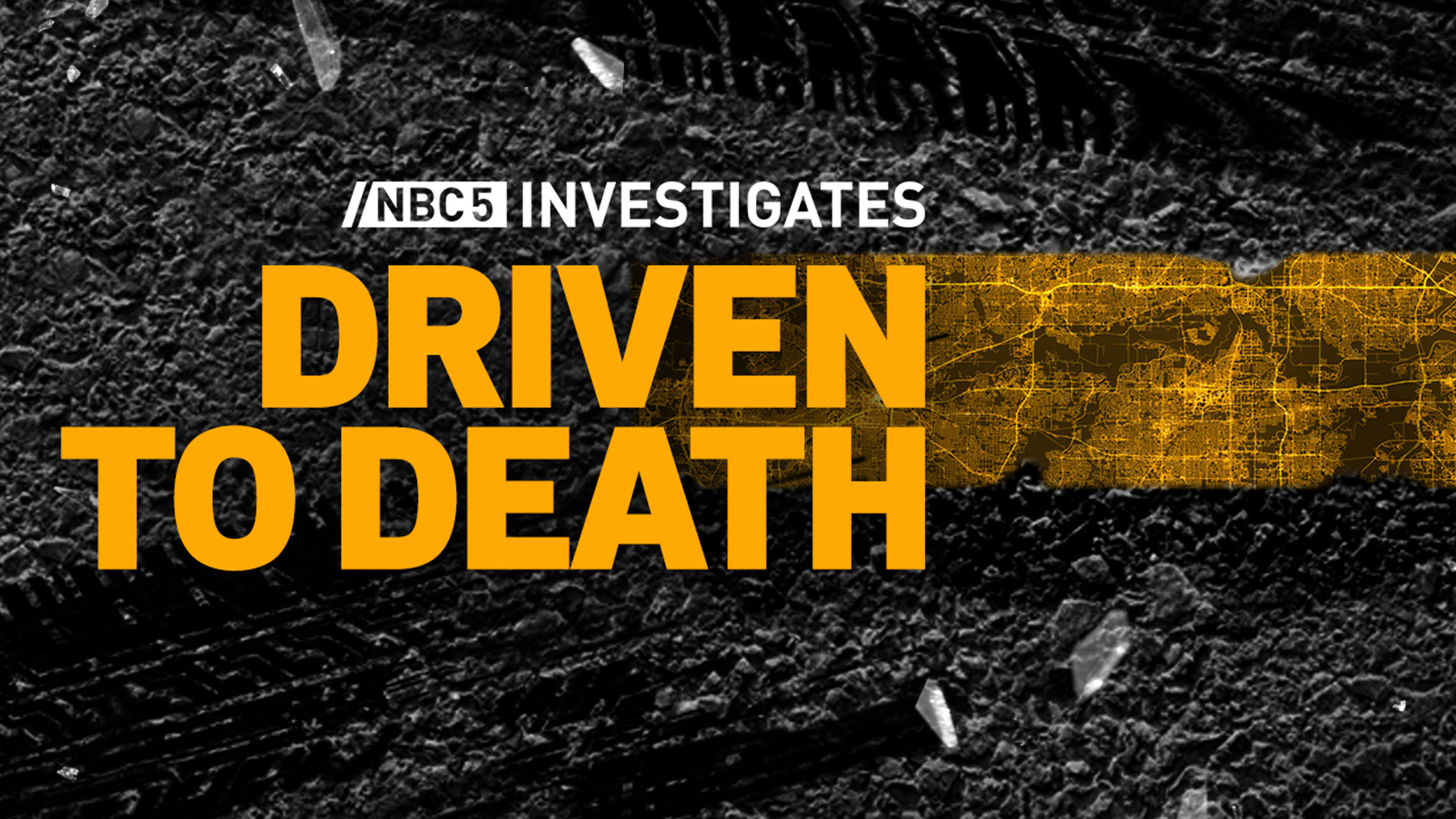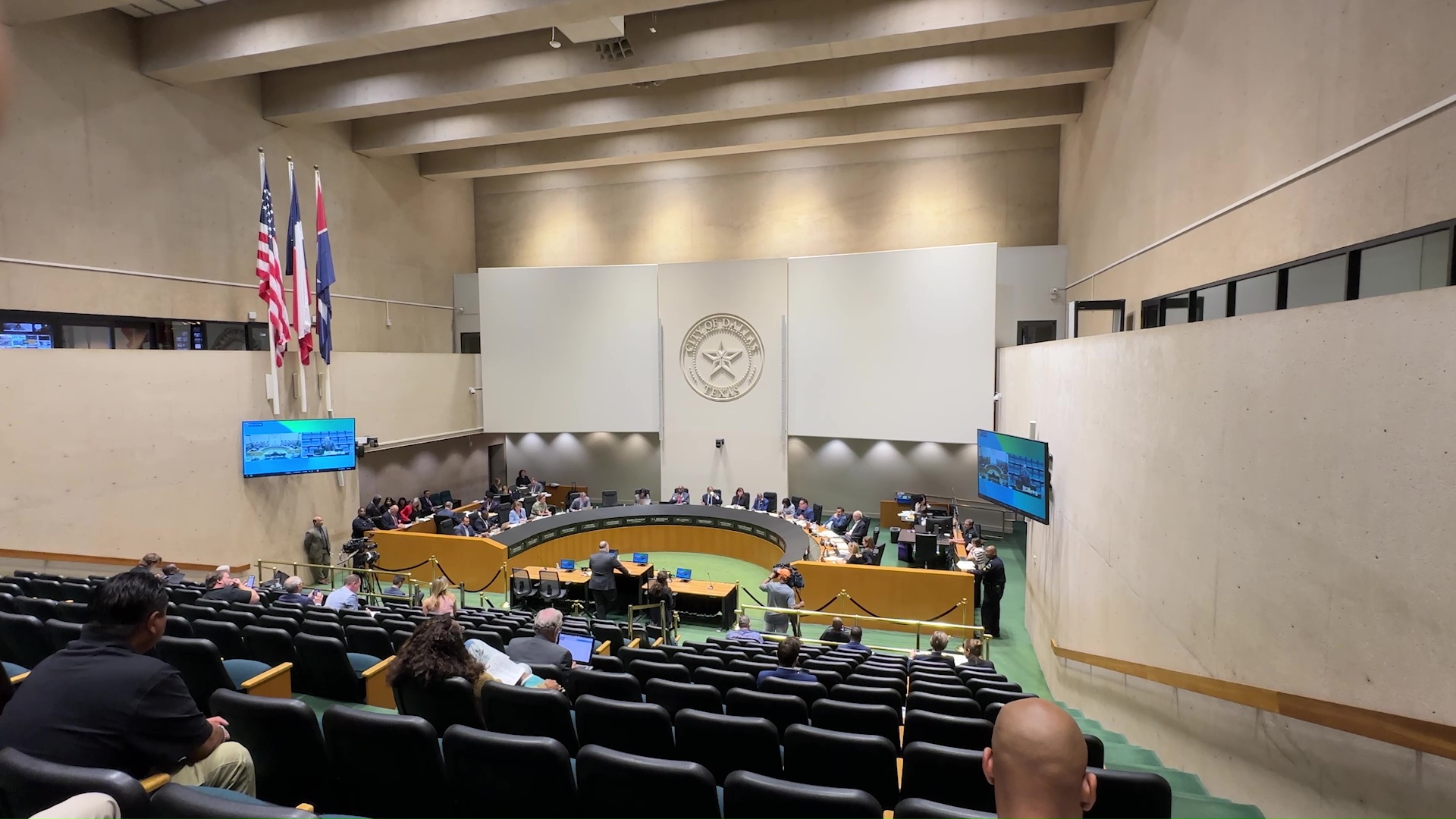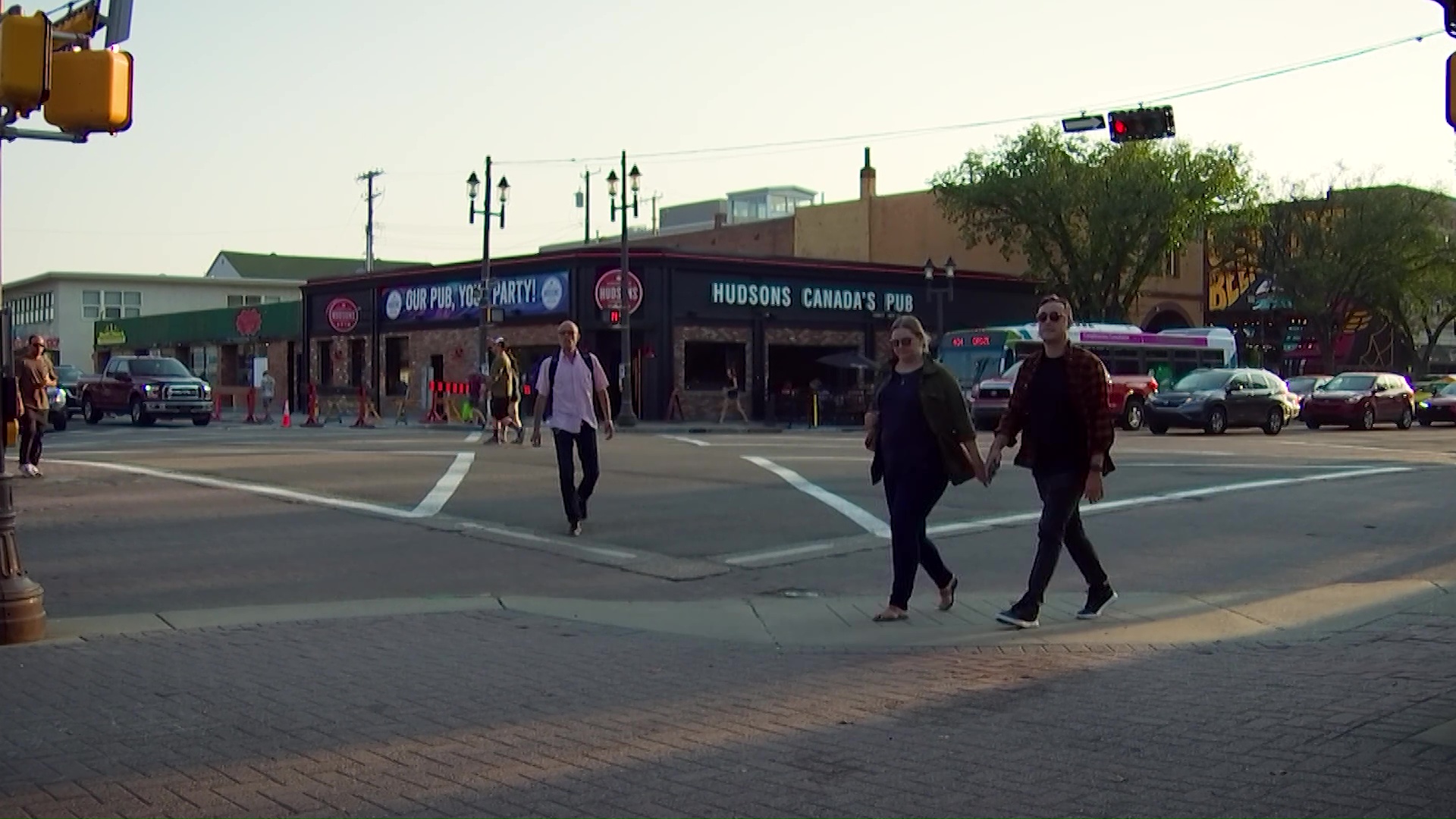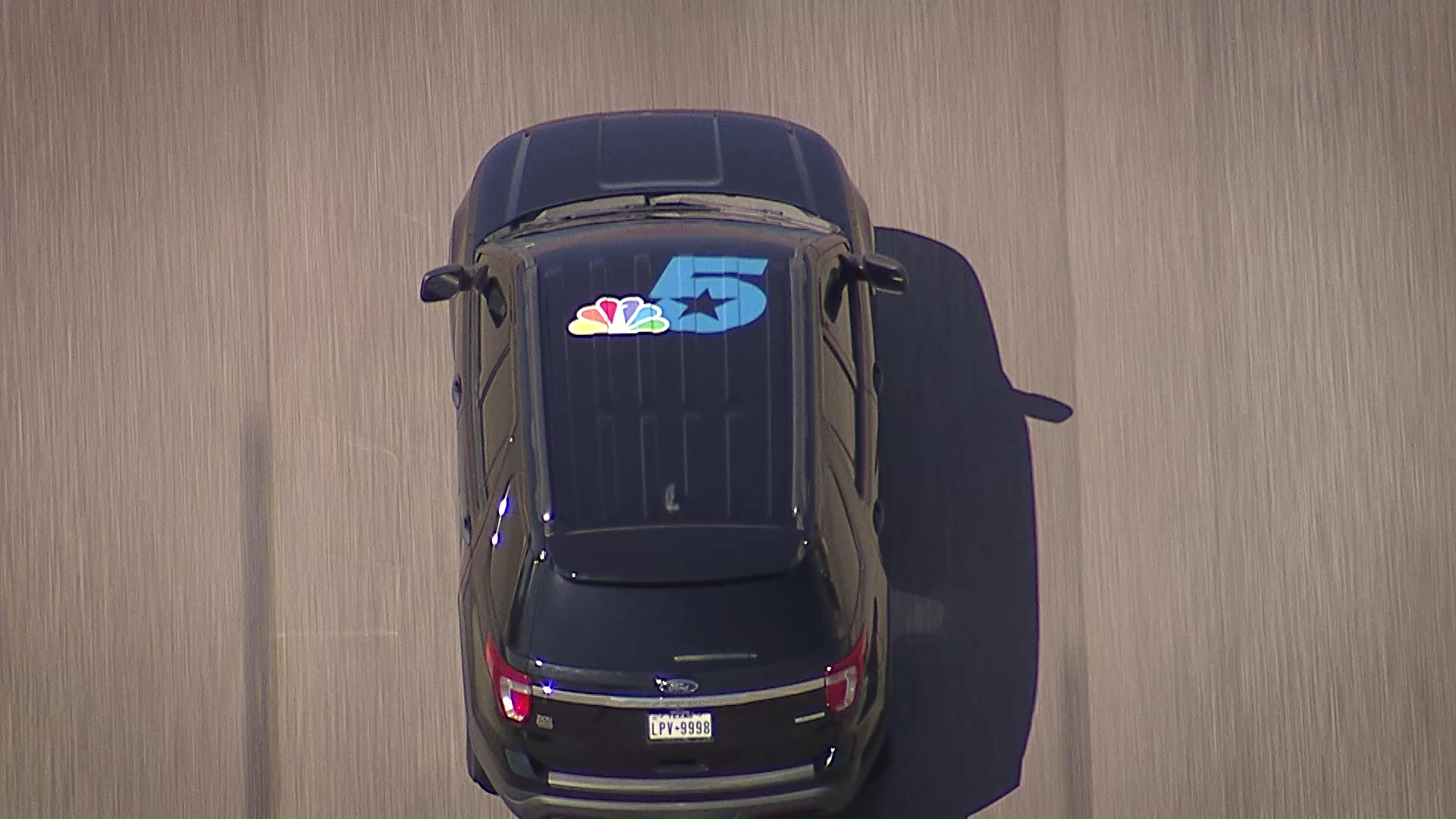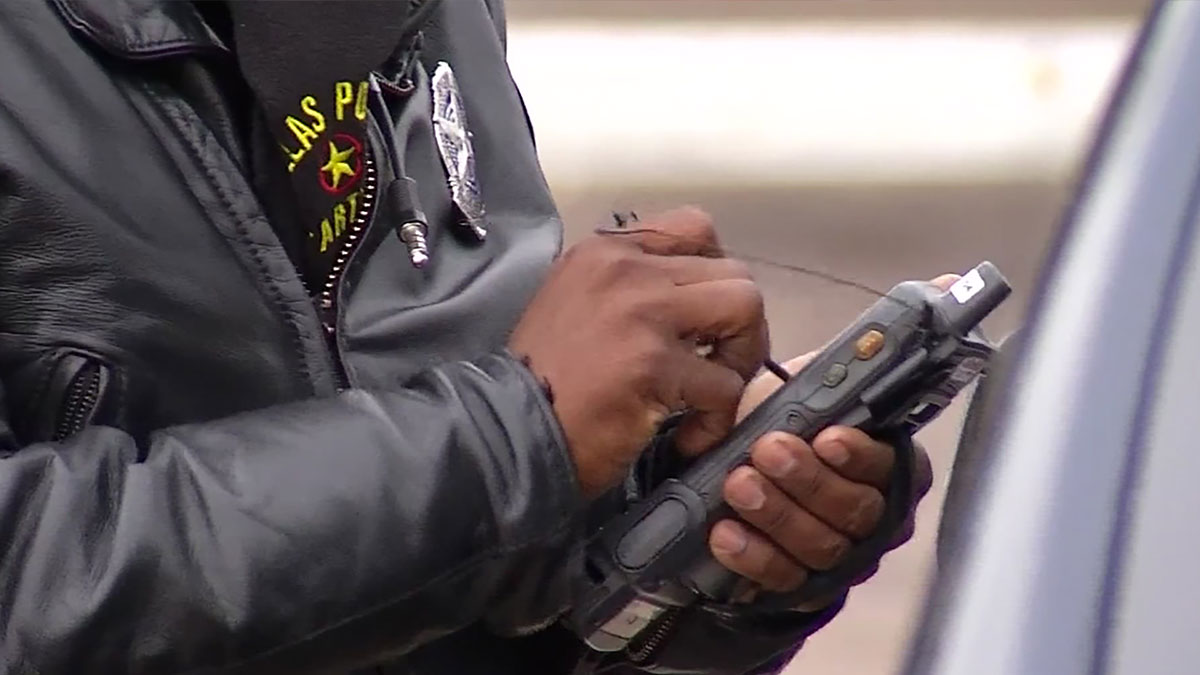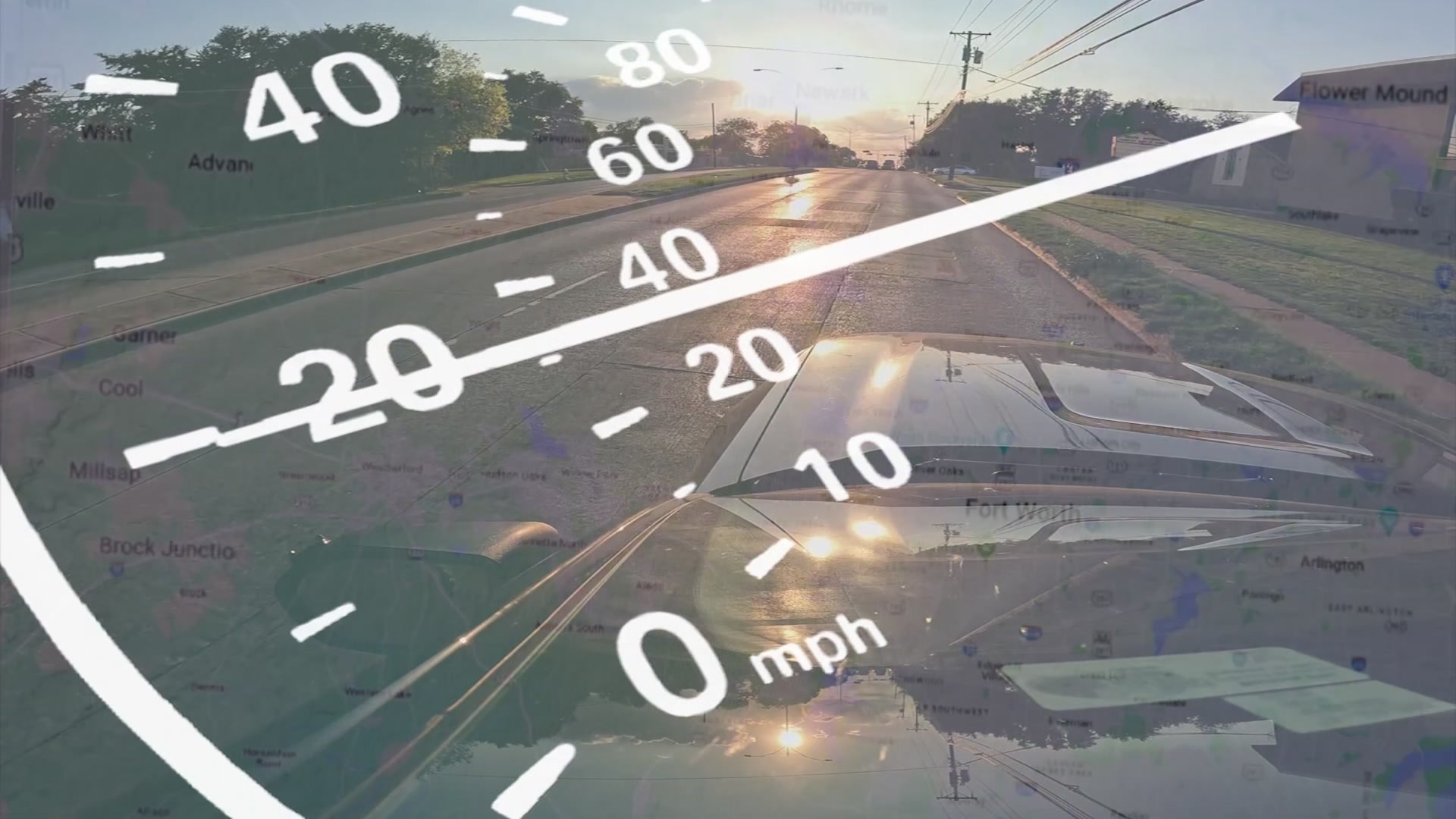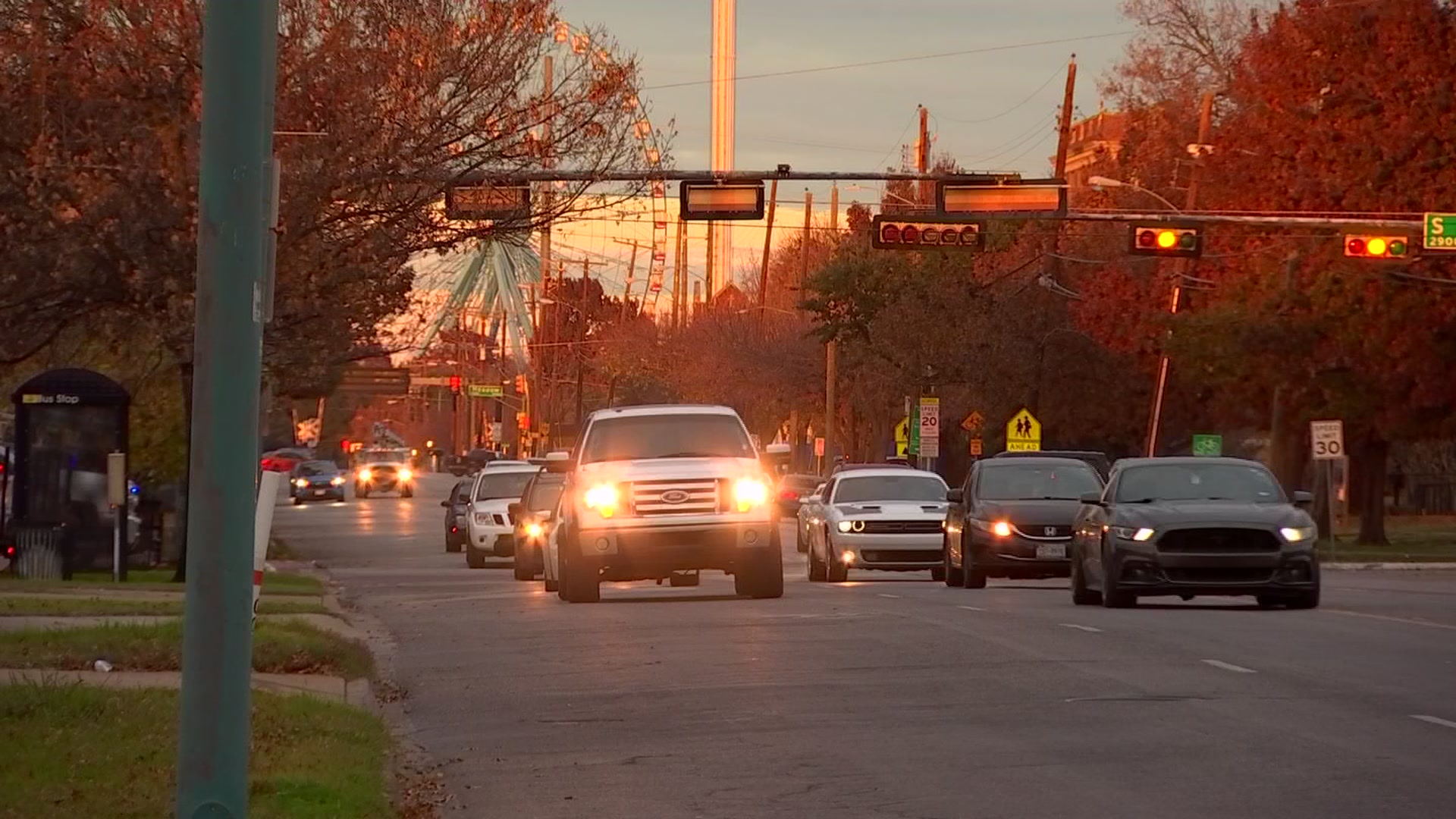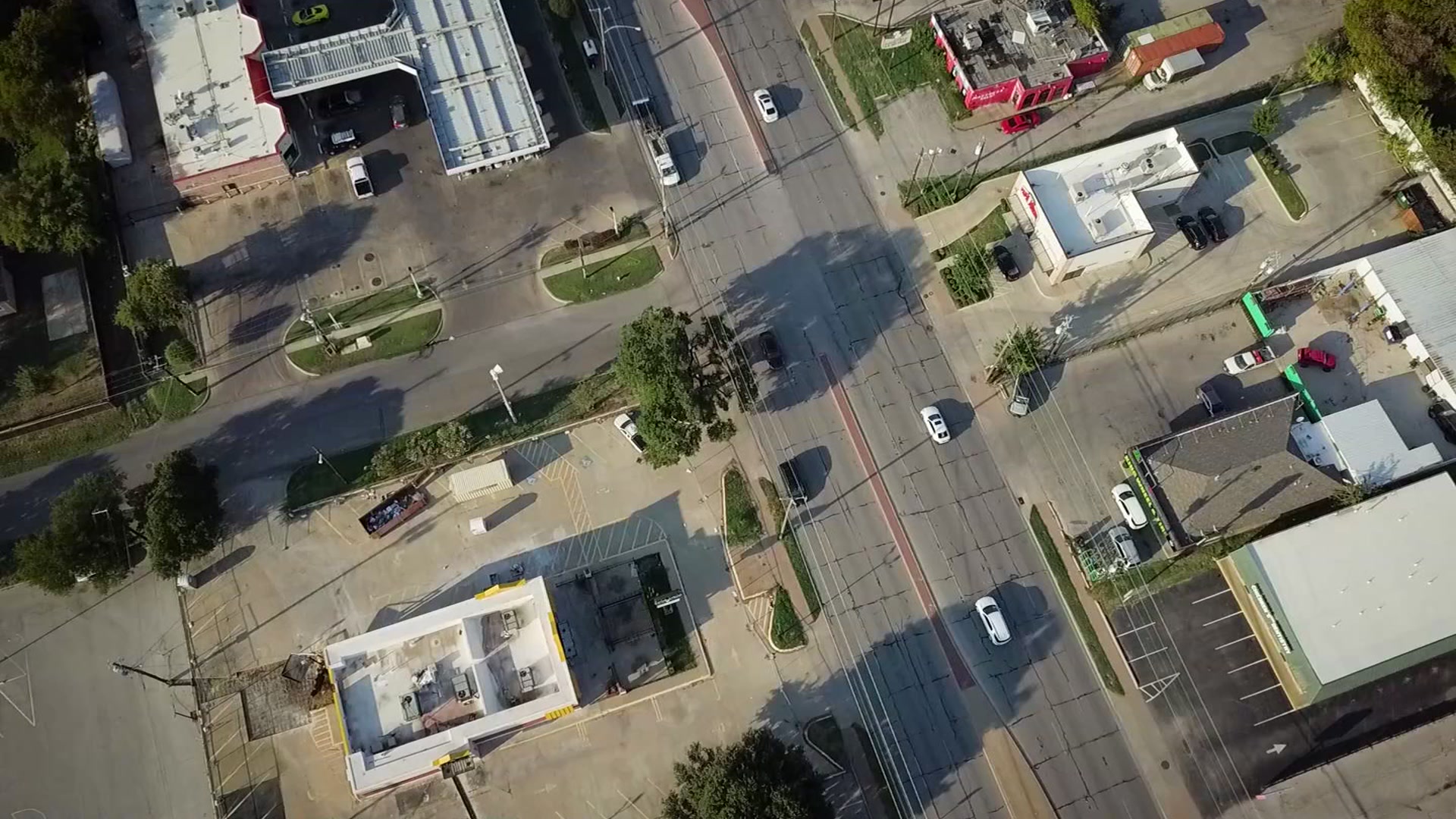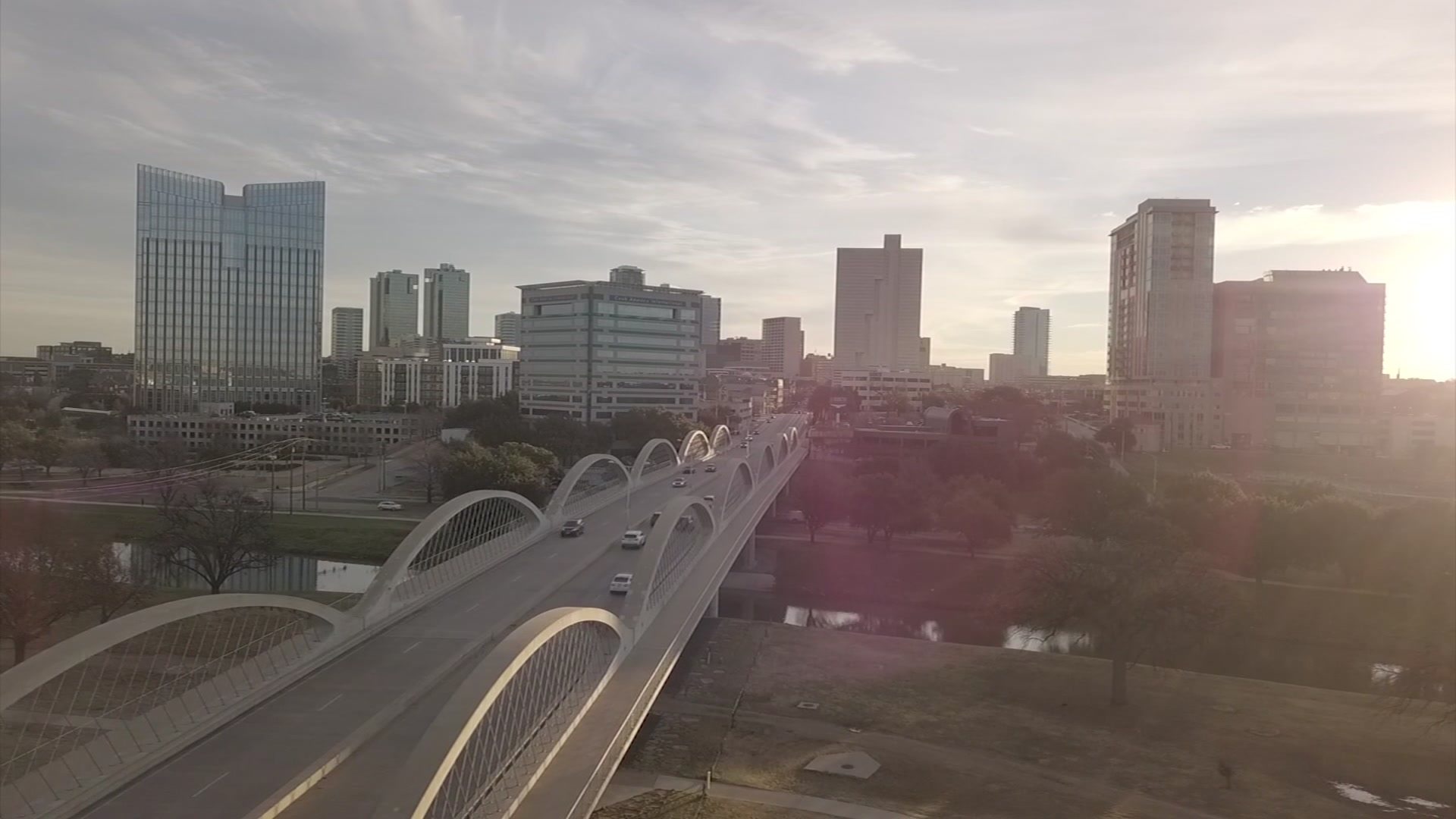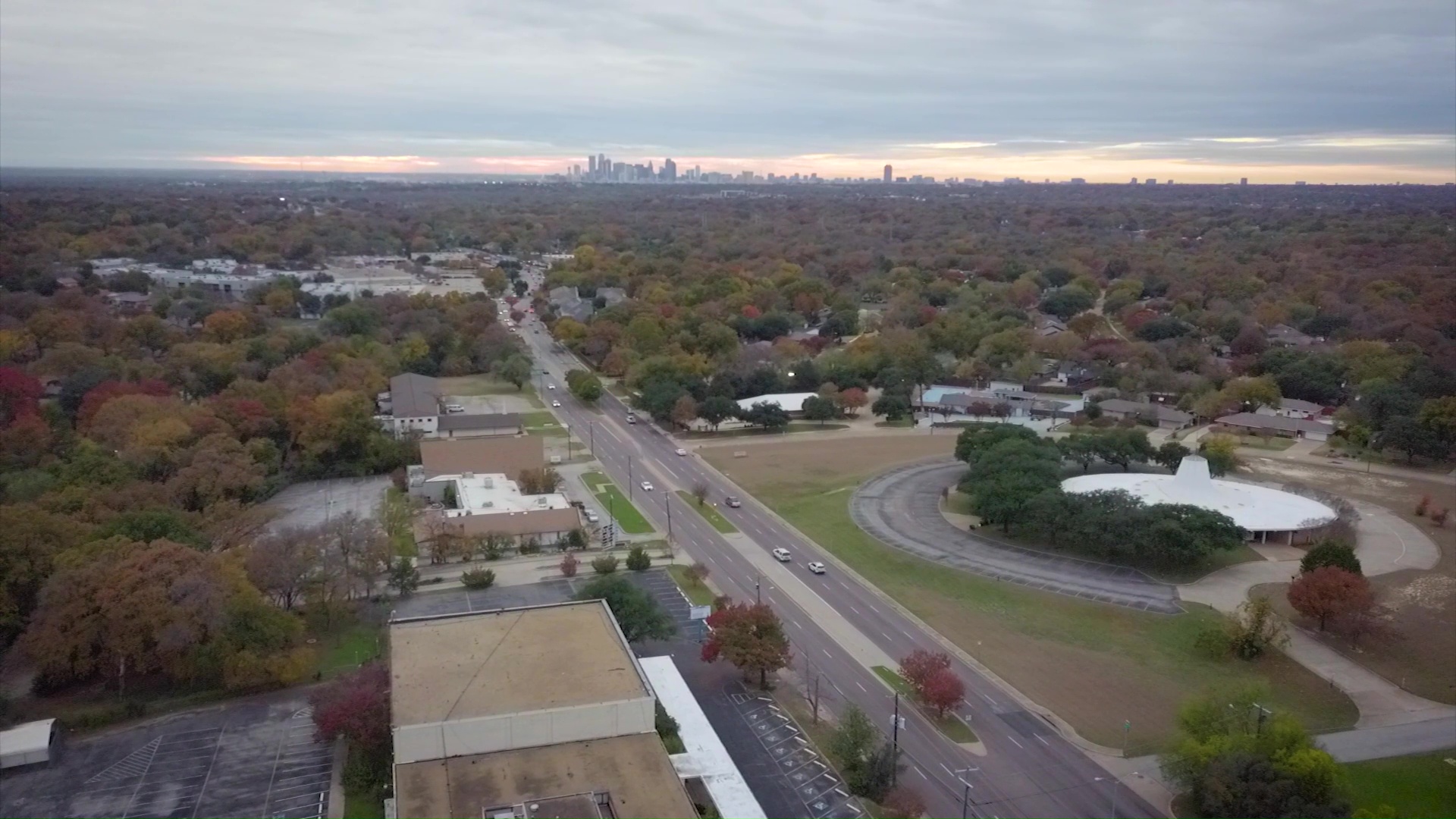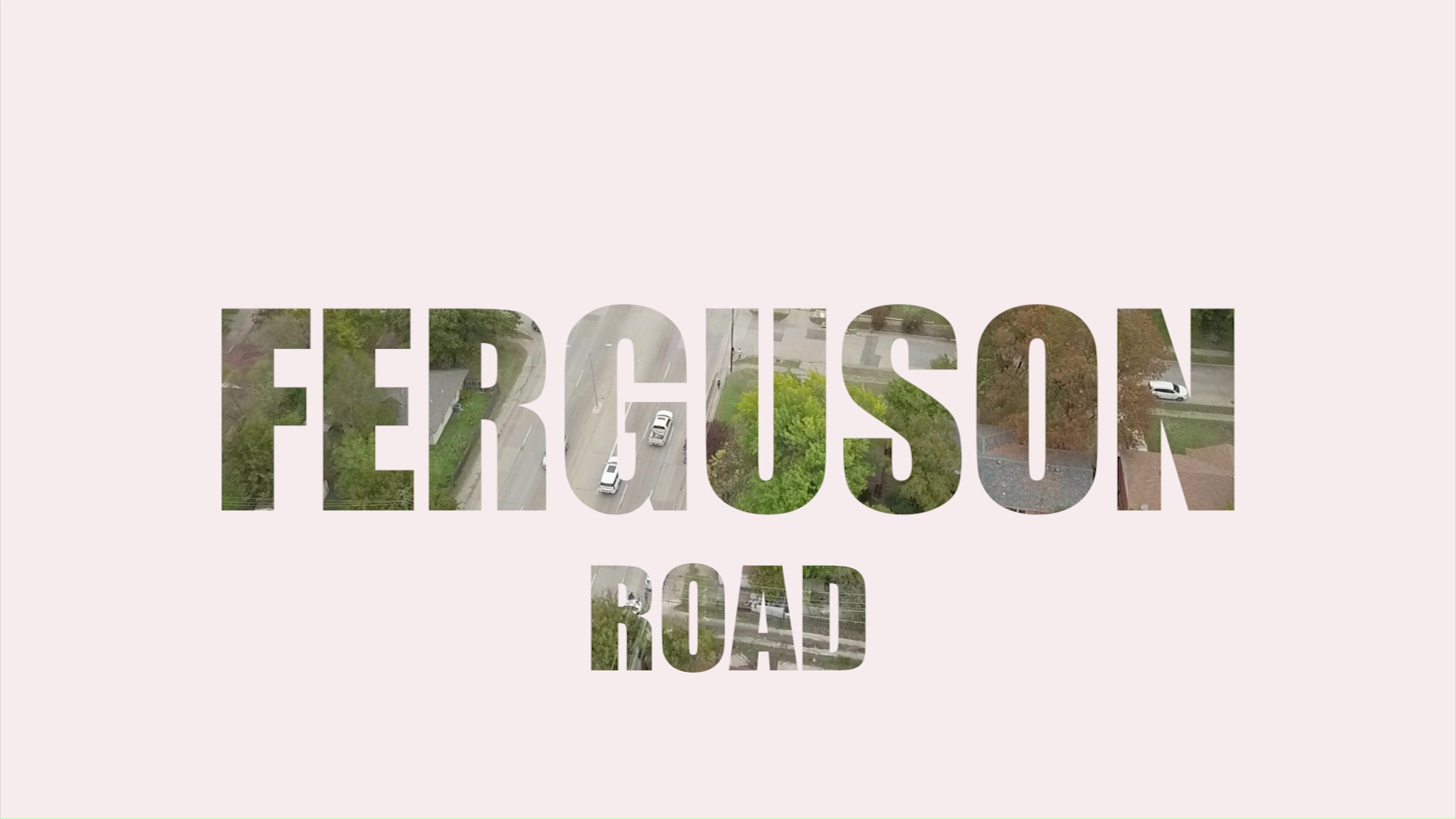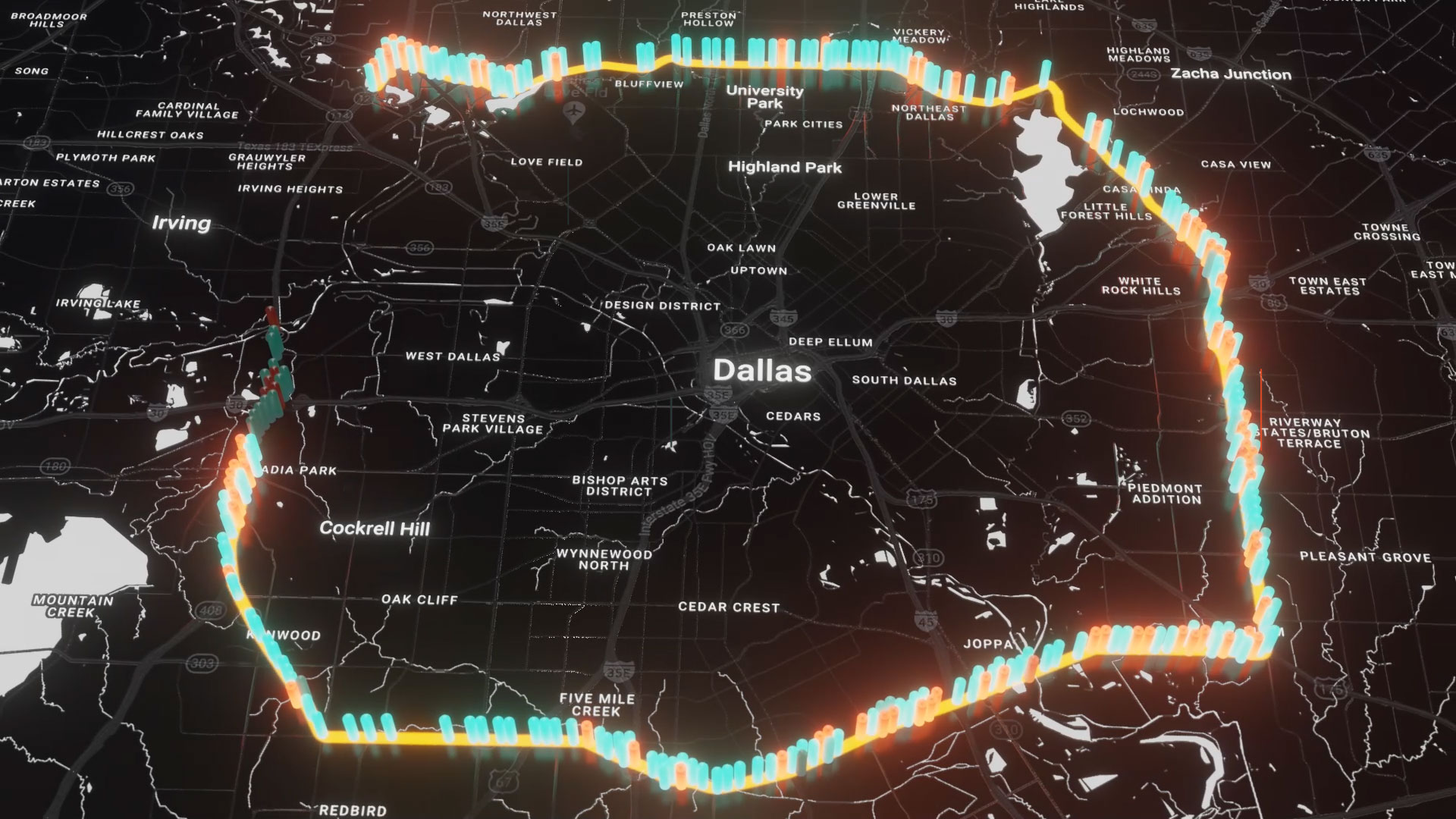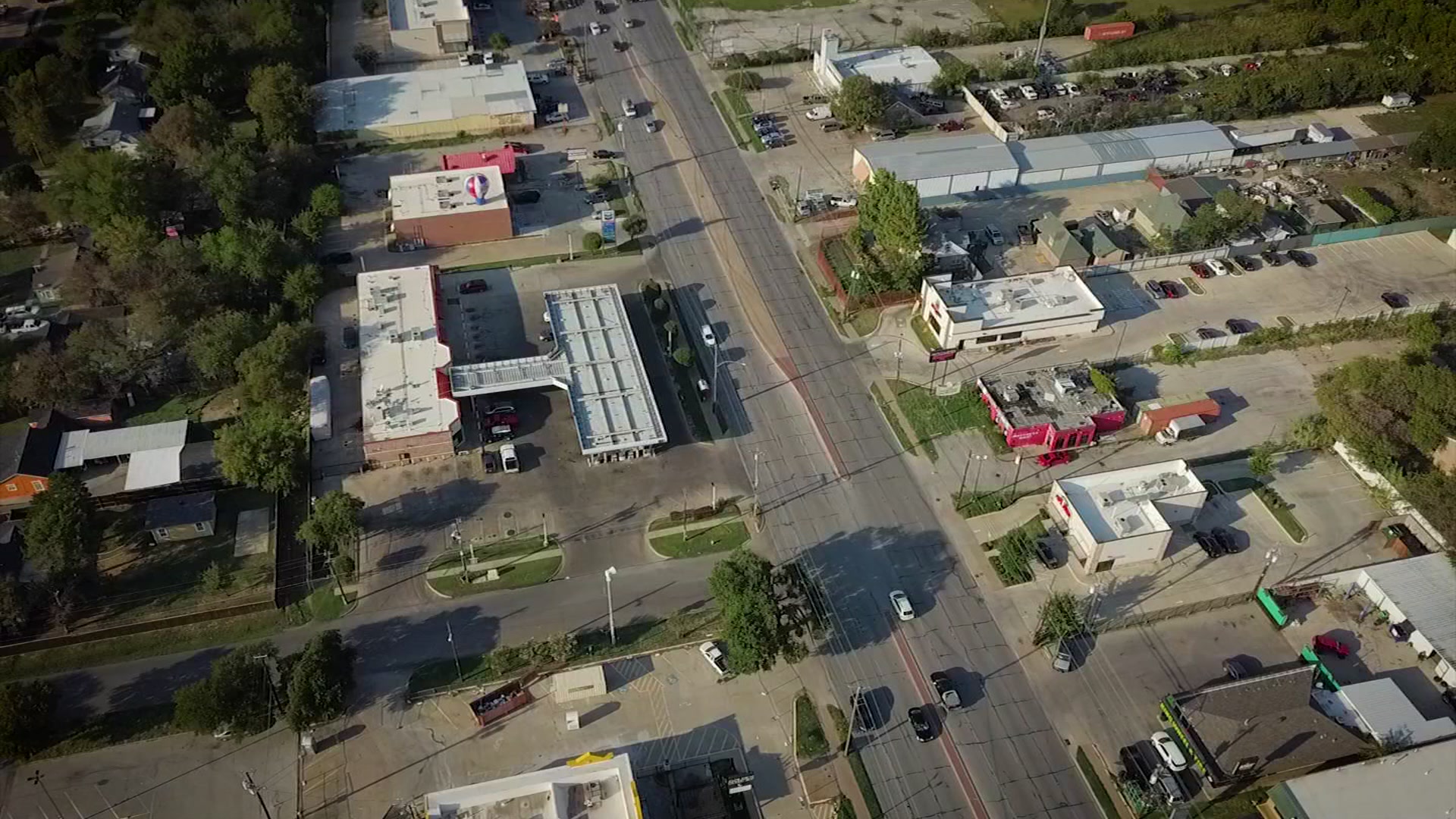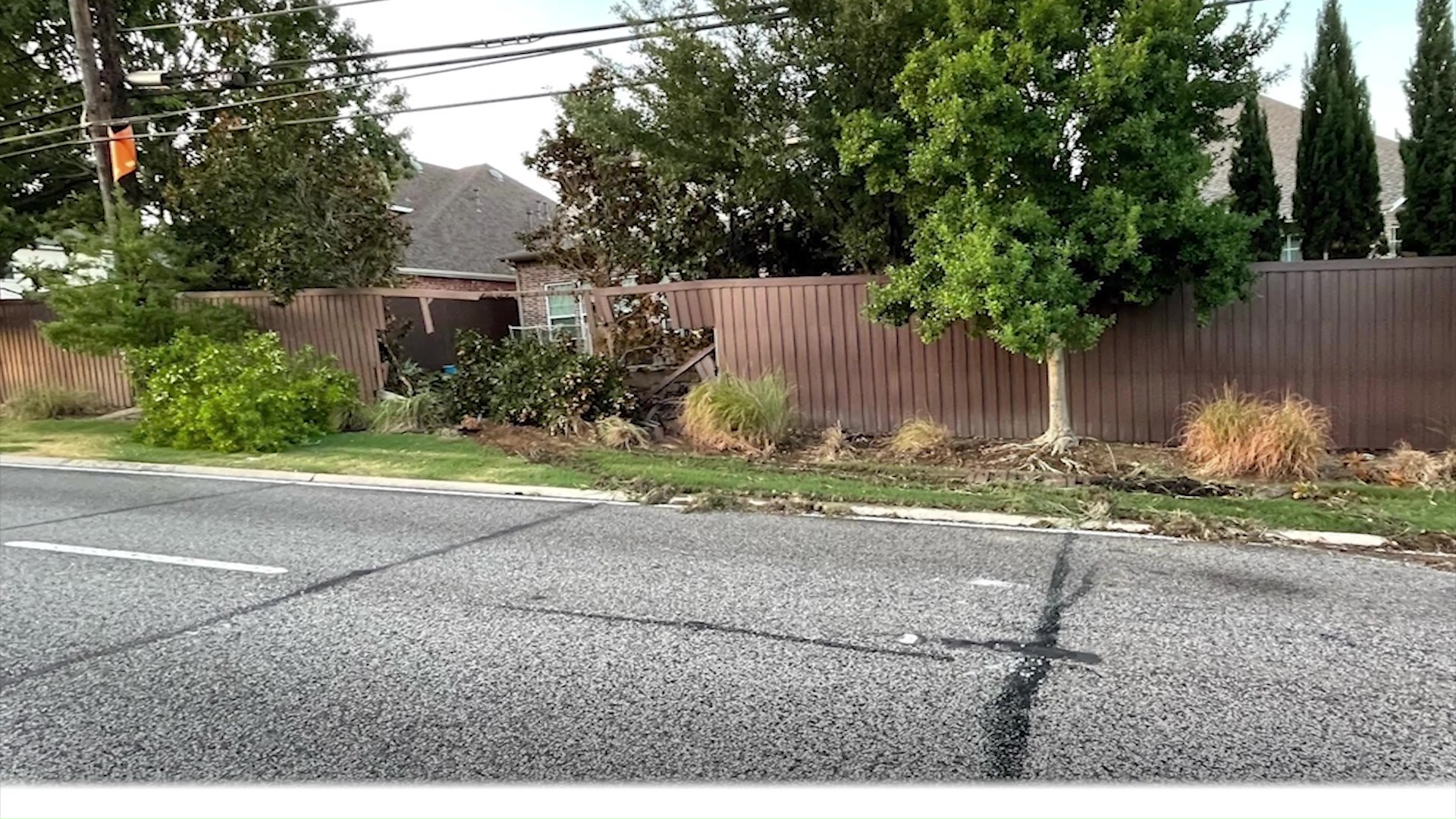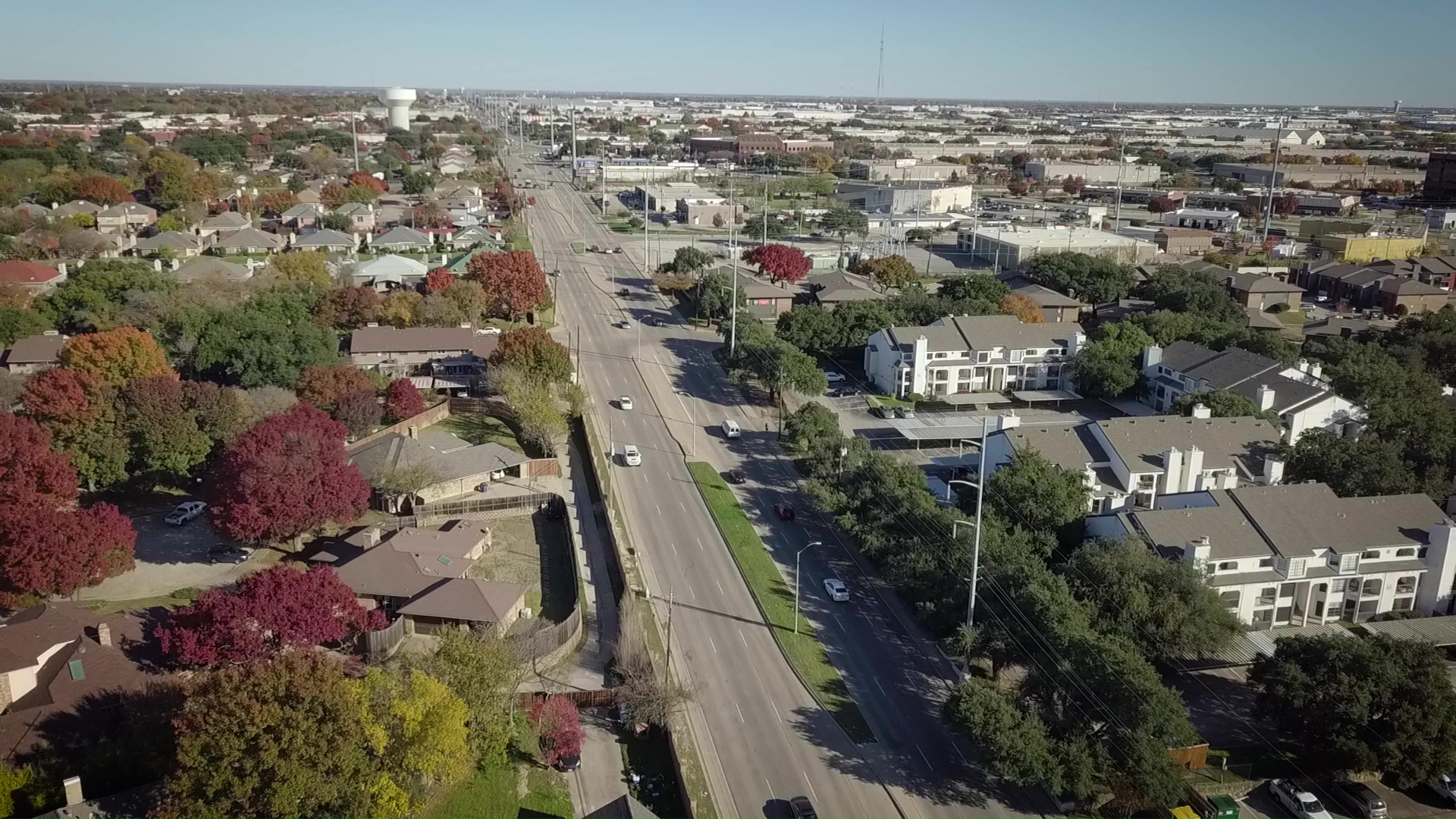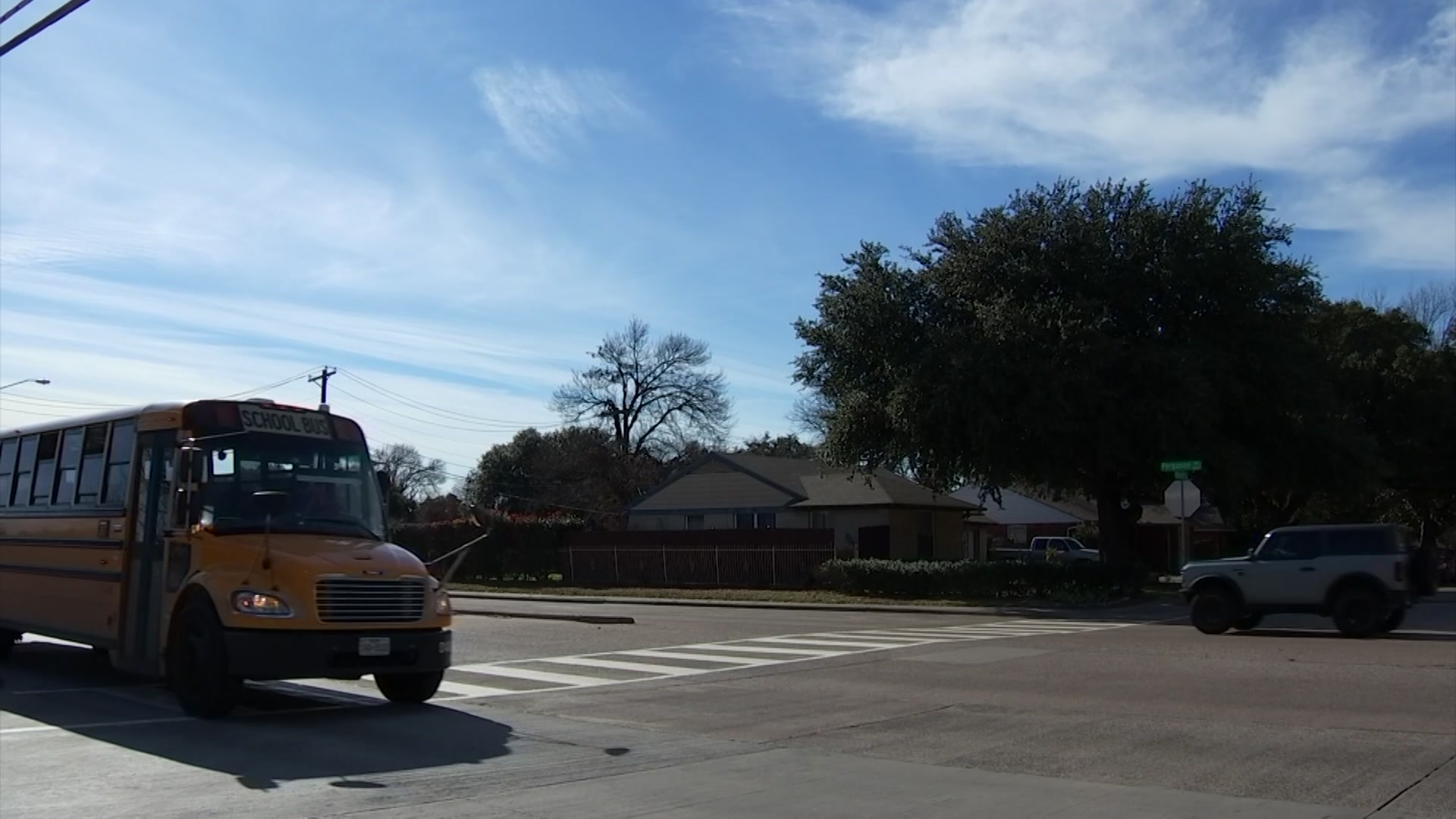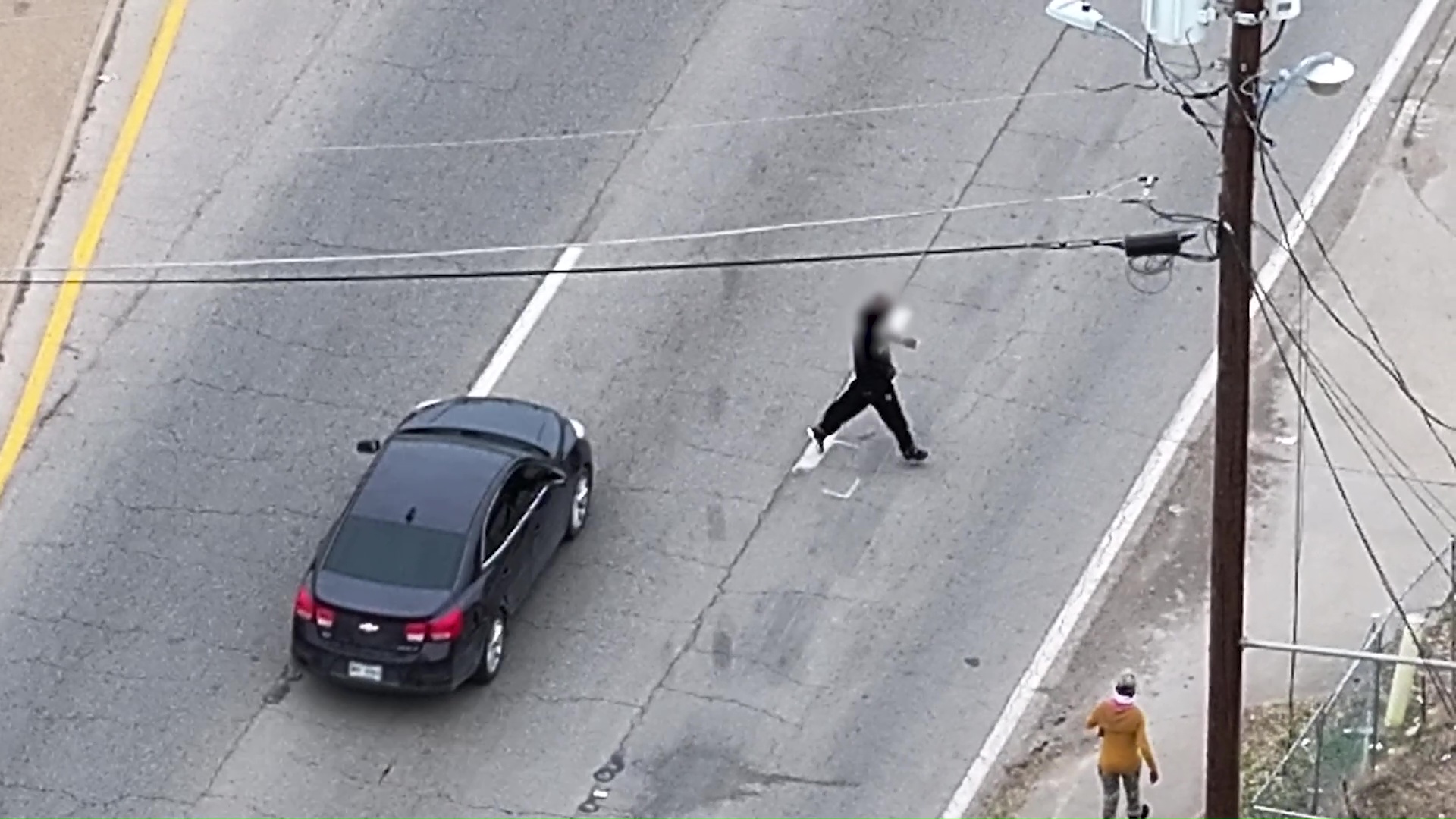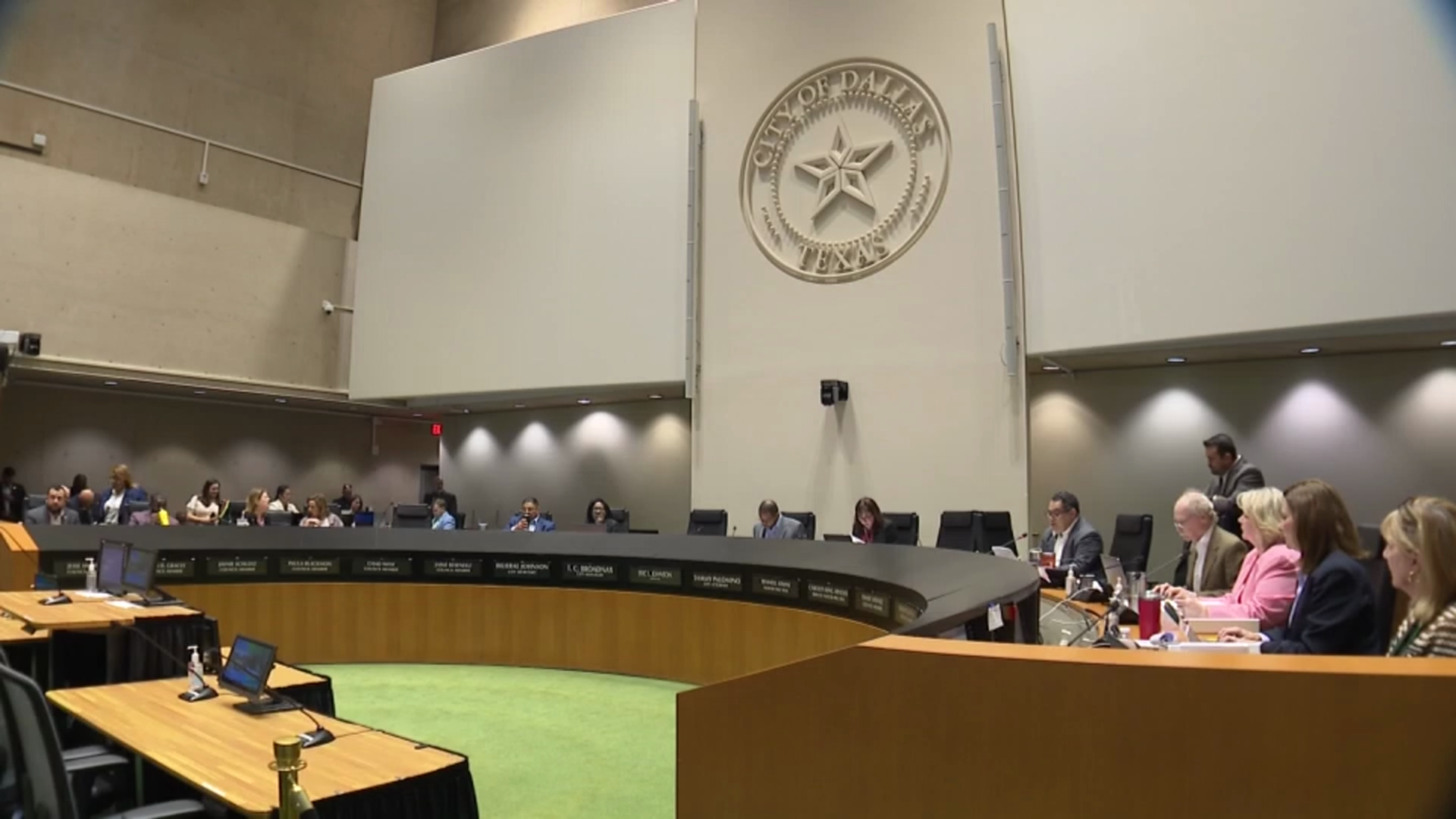In our ongoing series Driven to Death, NBC 5 Investigates reported the City of Dallas has a higher road fatality rate than any other U.S. city its size and that speed was the top cause of those crashes.
However, some road safety advocates think the crashes may be caused by more than just bad driving. They suspect Texas road design and speed limit rules also contribute to higher speeds and more deaths.
To understand why, think for a moment about what it's like to follow the speed limit on Dallas freeways. On a recent drive, NBC5 Investigates did that, setting the cruise control at the speed limit of 60 mph on Interstate 35E in Dallas. Soon we were being passed on all sides, making it feel uncomfortable to drive the speed limit, and like we would need to speed up to avoid becoming an obstacle on the road.
Jay Crossley, who heads Vision Zero Texas, a group supporting cities working to eliminate traffic deaths, said it's no surprise drivers driving the speed limit may feel awkward for drivers given how for decades the Texas Department of Transportation has built roads and set the speed limits.
"You will feel weird and you will feel like you're doing something wrong because you're on a racetrack that's wide open," said Crossley. "The way we have designed streets and roads in Texas is entrapment. And we've said, you know, we blame the users for using the system in the way it was designed."
Crossley said the state has long-designed roads to accommodate speeds much higher than the posted limit, this is what's called the "design speed." He said TxDOT designs have often prioritized wider lanes on massive freeway corridors and six-lane state highways running through urban pedestrian neighborhoods.
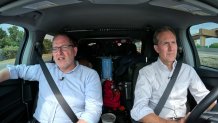
The roads are designed for moving traffic fast, he said, more than keeping speeds at the safest levels in congested areas.
"At some point, you have to make a choice of whether it's more important to save lives or to facilitate fast car traffic," said David Zipper, a Harvard University visiting fellow, and subject matter expert on transportation policy and road safety.
We drove with Zipper on Dallas roads where hundreds of serious traffic injuries and deaths have occurred in recent years.
"What really strikes me is that these are just, these highways are so wide that they're acting as like a faucet, just shooting so many cars into the urban core," Zipper said.
On Central Expressway, north of Downtown Dallas, we looked at crash data from TxDOT and discovered 18 people had been killed and at least 78 more seriously injured in speed-related crashes in less than five years.
On Central Expressway, between Woodall Rodgers and Spring Valley Road, TxDOT raised the speed limit eight years ago from 65 mph to 70 mph. The agency said at the time that the increase in speed would help alleviate congestion.
Zipper said it's rare to see a speed limit set that high on a highway going into the heart of a major U.S. city.
"As far as I can tell, raising speed limits, particularly in a dense place or an urbanized place like Dallas, just gets this state further away from the safety goals it's supposedly pursuing. So, I don't really understand how TxDOT is thinking about this," Zipper said.
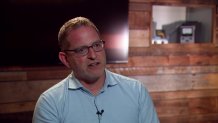
When TxDOT staff said they would not make Executive Director Marc Williams available for an interview for this report, we approached him at a road safety conference in Austin to ask what the agency is doing to address speeds.
Williams said he would "push back" on criticisms that the agency has a history of designing roads that encourage higher speeds and contribute to injuries and deaths and he said that TxDOT is using many tools to build safer highways.
"I certainly appreciate advocates and people who challenge us to look at our status quo and how we go about designing roads," Williams said, though he also suggested that TxDOT can increase speeds and improve safety at the same time.
"Yes, we have to design our roads to address congestion and at times that will be the goal of that is to increase speed," Williams said. "People are sitting in congestion, they're not moving. But we've also got to balance that out with the safety concerns and the safety factors that are there."
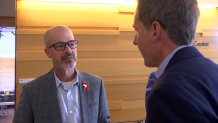
Zipper said there is an inevitable tradeoff between speed and safety and that American road planners have long been addicted to what he calls a myth that fast roads can be safe in big cities. He pointed to Canadian and European cities with much lower death rates where they have not only lowered speed limits but strictly enforced them using automated cameras to ticket drivers.
Additionally, they install traffic calming devices and build lanes near pedestrian areas that give drivers a feeling of entering narrower spaces forcing them to naturally slow down, as NBC 5 Investigates saw firsthand on a recent trip to Edmonton, Canada.
City of Dallas traffic planners said they would like to reduce speeds on one of the city's most deadly state highways, Buckner Boulevard.
But Buckner is part of Loop 12, a state highway, where TxDOT set the 40-mph speed limit. So, the city must ask TxDOT for a speed study first and hope the state will then recommend a lower limit.
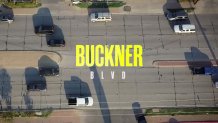
In the meantime, the city said it's unable to build mid-block crosswalks to better protect pedestrians because TxDOT policy requires a lower speed limit before those crossings can be installed.
Zipper believes it's no coincidence Texas highways have some of the nation's highest speed limits and that the state also leads the nation in traffic deaths -- about 12 people per day.
Some safety advocates said part of the problem is a formula TxDOT has used to set speed limits called the "85th percentile rule." TxDOT would clock speeds on a road and then set the limit essentially at the speed of the 85th fastest out of 100 drivers.
"The people who are driving, you know, quite faster than everyone else, we take them as the norm and say that's what the speed limit should be," Crossley said.
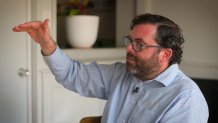
So, if a road has a lot of speeders, some fear the 85th percentile rule encourages engineers to raise the speed limit.
"As a result, we end up with traffic that is moving at speeds that are, I would argue, very unsafe," Zipper said.
The federal government has moved away from using the 85th percentile rule as the main factor in setting speeds and TxDOT told NBC 5 Investigates that they're doing the same thing.
"It has been misused in the past," Williams said, adding that TxDOT won't be using that metric exclusively in determining a road's speed limit going forward and will incorporate other factors into the decision as well.
Meanwhile, we still drive on roads where the 85th percentile rule was used to set the limit -- like on Central Expressway where TxDOT records we obtained showed the agency used the 85th percentile rule in speed studies used to raise the limit in 2015.

NBC 5 Investigates ran a speed study and clocked drivers on Central traveling 10 mph or even 30 mph above the 70 mph limit. Those speeds can help explain why trying to obey the law can sometimes feel "pretty awkward."
"You end up with freeways and big streets in our cities that are racetracks, and it feels uncomfortable to drive at a safe speed," Crossley said.
TxDOT told NBC 5 Investigates that the speeds we recorded were a problem and that there needs to be more enforcement of the speed laws by police. Dallas Chief of Police Eddie Garcia said they do run special speed operations on roads, including Central Expressway, although he added that staffing shortages and a focus on violent crime mean the department cannot enforce speeds as consistently as he would like. We'll have more on that in upcoming reports.
TxDOT also told NBC 5 Investigates they have reduced speed limits on some local highways, including in East Dallas on Highway 78, where the agency recommended dropping the limit to 35 mph after a speed study.
City officials, though, said several of the most dangerous streets they've identified are state highways and that the process to change the speed limits is frustrating and takes time, and that in that time more deaths and injuries may occur.
.

